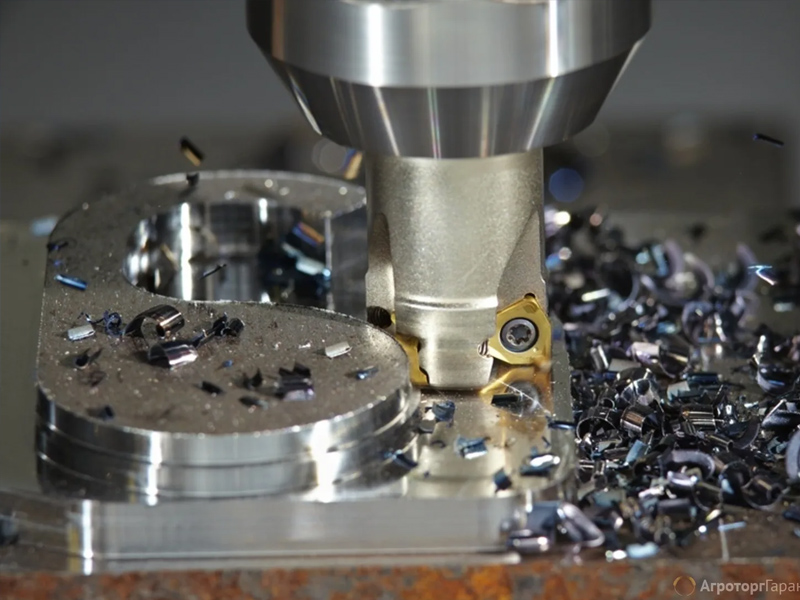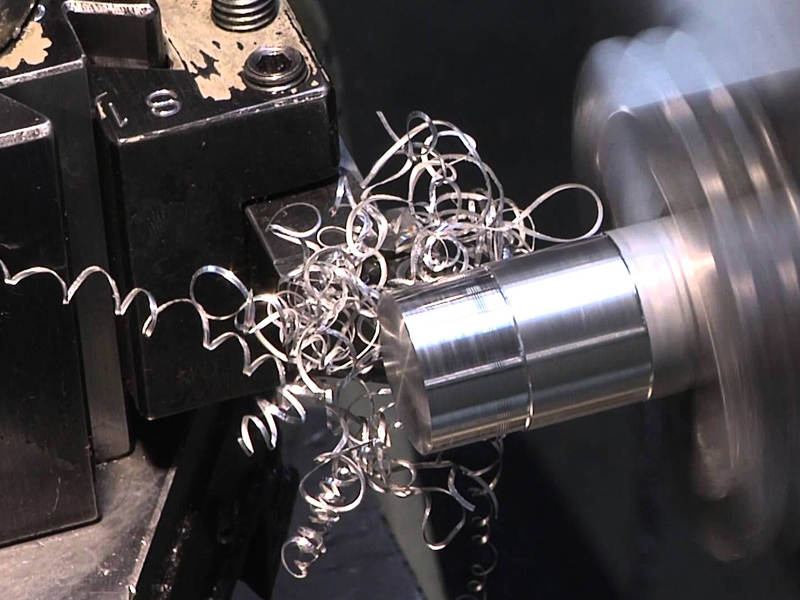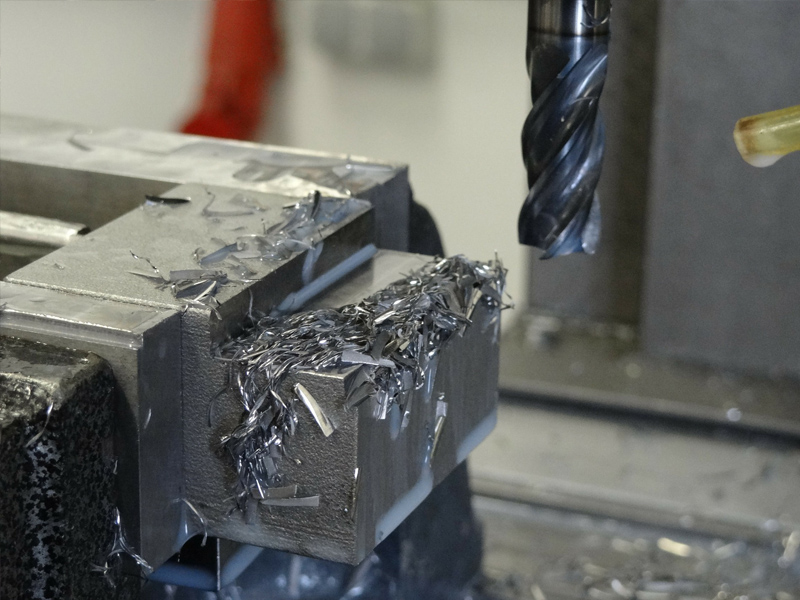Machining
Machining
It is the process of giving the desired geometric shape by removing chips of different shapes and sizes from the piece, taking as reference the technical picture of a designed workpiece designed in accordance with the standards. This shaping process should be done by using suitable tools and benches. There are different types of this production method, which is made by ensuring the relative movement of the tools and (or) the workpiece used in machining, by removing chips from the material through the tension created.
Turning
Turning is called the turning process to bring the workpiece to the desired geometry (giving the desired shape) by removing the chips during the relative (relative) movement of the fixed cutting tools, which is in the form of advancing and passing, while the workpiece rotates on the axis of the chuck (the moving part to which the workpiece is connected on the lathe).
Circular shaped parts, springs, screws and bolts can be produced and drilled on lathes. While the lathes, which are widely and effectively used in the industry, required serious skill and work force in the past, it has become very easy to produce on CNC lathes with the developing technology. While there are 3 axes in universal lathes (feed, pass and chuck axis X-Z-C), the number of axes has increased to 7 in CNC lathes. This has resulted in cost advantages such as more precise manufacturing and shortening of production time, as well as ease of operation.
Milling
The milling process is similar to the turning process, but there is an important difference here. That is to say: In the turning process, while the workpiece is rotating, the tool remained stationary, that is, it did not make a rotational movement. In milling, while the workpiece remains stationary, the tools make a rotational movement to remove chips. In this way, we can obtain geometries (such as grooving) that we cannot obtain on lathes thanks to milling technology.
Apart from these, as machining (production) method, drilling, broaching, reaming, shaper and planing, grinding, honing, lapping, polysac etc. countable. The most basic methods are milling and turning methods.



